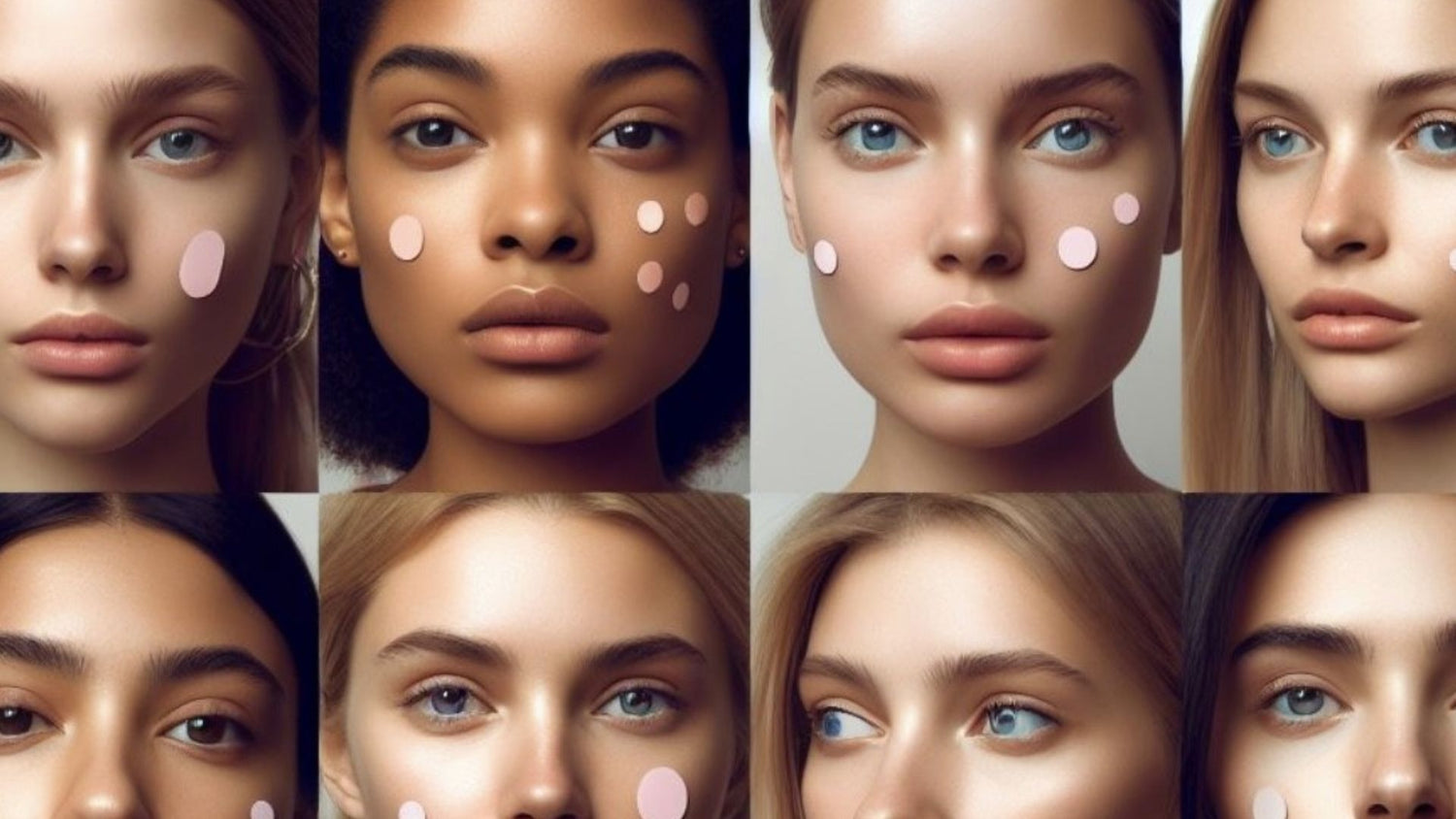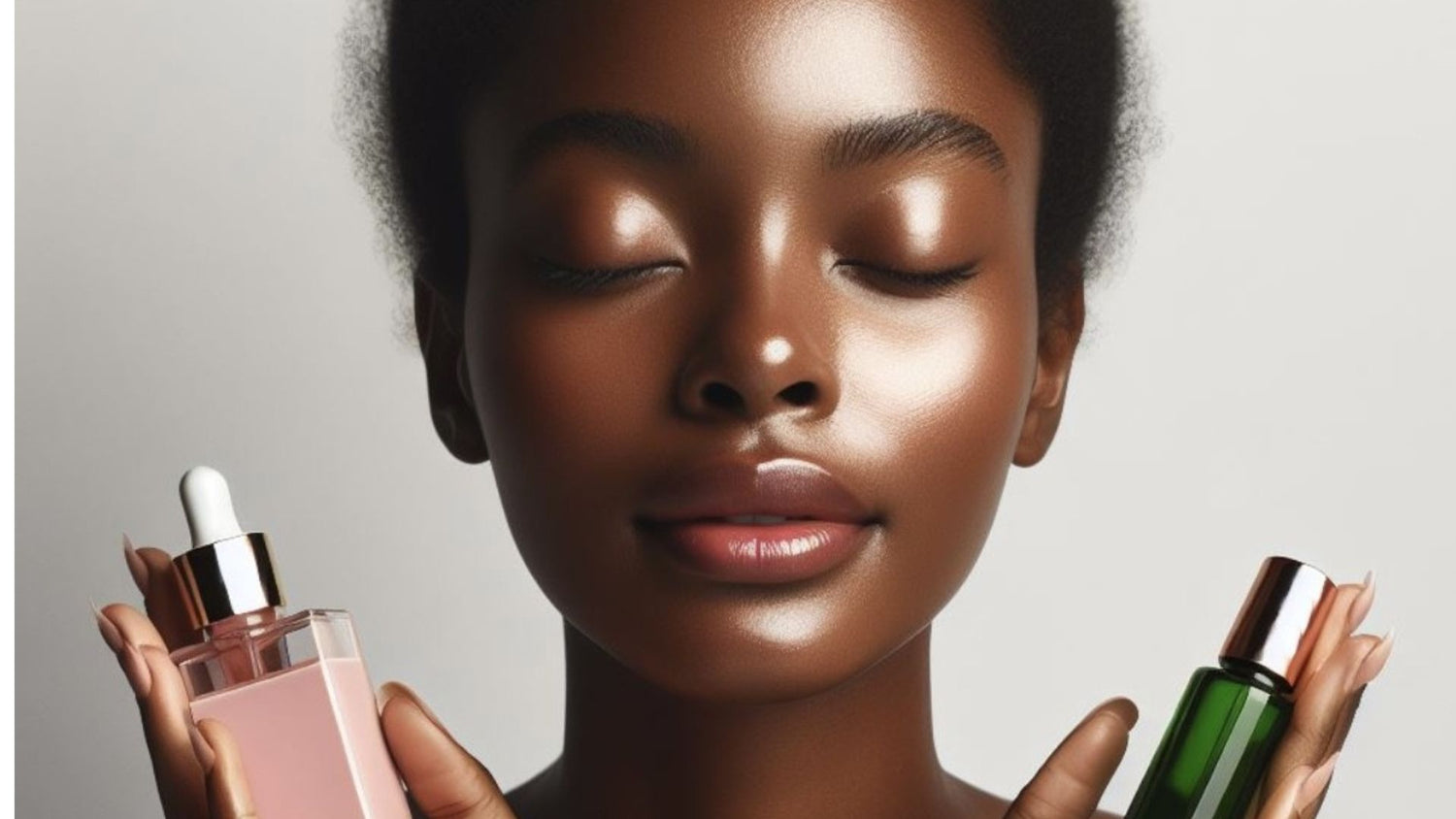White Paper: Social Outbound Engagement and the Beauty Industry
Executive Summary
All major beauty brands today have digital marketing strategies in place, yet they are still not doing enough to keep up with consumers. Despite significant discussion regarding social marketing, there still has not been sufficient focus on delivering comprehensive social marketing strategies, leveraging its true word of mouth potential, and tracking its Return on Investment (ROI).
The percentage of time Americans are spending online has more than doubled over the past few years, while time spent on other communication channels has dropped or remained flat. People now spend more time online than engaged in any other media activity. Concurrent with the rapid increase in time spent online has been the recent dramatic rise of time spent on social media channels. Today social networking is the number one online activity, with people spending more than six and a half times the amount of time on social media as they do on internet search. And it’s not simply about quantity of time, but also degree of influence which social media possesses for consumers in their purchasing decisions. These trends are even more pronounced in the beauty industry, as women are even more likely to spend their time using online social media, and refer to it when deciding which products they wish to buy.
Beauty brands today need to evolve from simply maintaining a social media presence, to one of Social Outbound Engagement, in which we meet consumers on their terms, in a compelling, interactive manner. The ten best practices for successful Social Outbound Engagement are:
1. Recognize the need for separate social marketing strategies for your brand loyalists as well as independents.
2. Understand how you are represented in social media today, and how you could shape that to look tomorrow.
3. Prioritize your social marketing efforts to ensure you are maximizing your net impact.
4. Engage your audience through your social marketing strategy to facilitate discussion with, and amongst, your target audience.
5. Leverage constructive feedback to both improve your products and services, as well as the perception of your brand amongst influential social channels.
6. Develop consumer brand ambassadors who can speak in formal and informal online channels where you might not have a presence, to independent consumers who are primarily interested in the opinion of other consumers.
7. Design your social marketing strategy to create a strong, ripple effect to reap the benefits of positive online word of mouth.
8. Align your marketing resources based on what truly influences consumers purchasing behavior.
9. Integrate your social marketing program with your traditional and other online programs, to ensure a cohesive and compelling customer experience.
10. Measure and deliver ROI through clear metrics to track and enhance your social marketing efforts.
Through a comprehensive social marketing strategy employing these ten best practices, beauty brands can cost-effectively realize significant improvements in awareness, spend, and customer loyalty. The brands which catch up with our consumers through social media will be the ones to reap the maximum ROI through the positive word of mouth they will achieve.
For more info, see below or email Ron or Nate directly at Nate.Myers@beautystat.com or Ron.Robinson@beautystat.com
Click on the link to read the entire paper White Paper Social Outbound Engagement and the Beauty Industry



